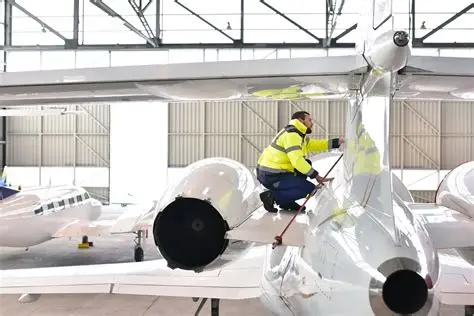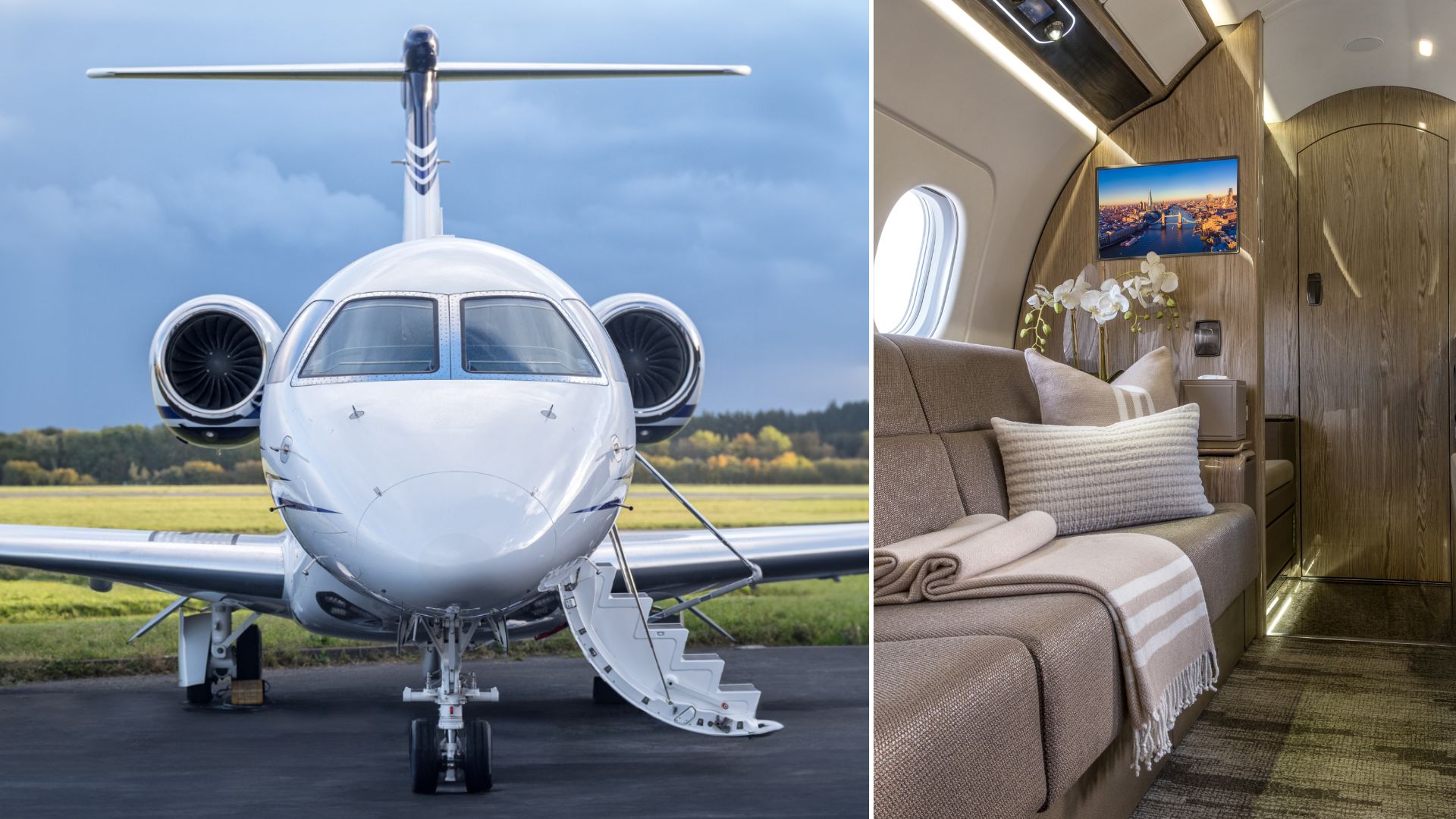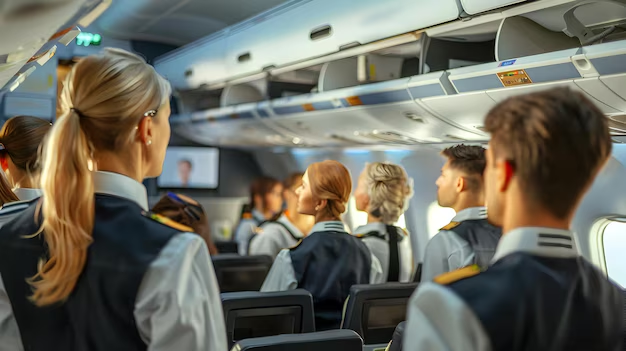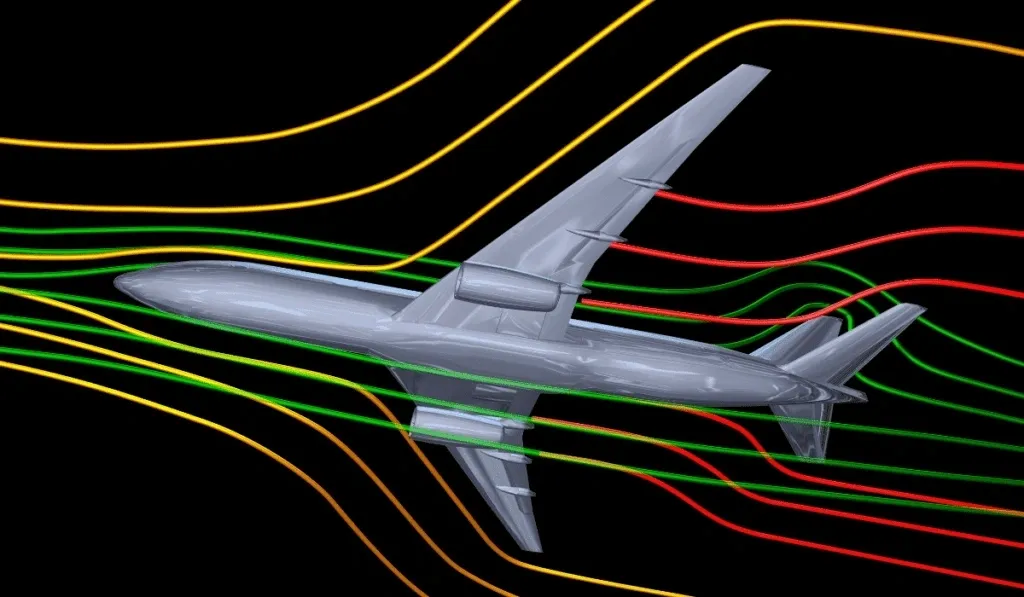Aircraft maintenance is entering a new era thanks to advanced technology. Modern tools, software, and automation are transforming how airlines and technicians maintain aircraft. These innovations increase safety, reduce downtime, and improve efficiency. As aviation becomes more complex, technology ensures that planes remain reliable and ready for flight.
Predictive Maintenance
Predictive maintenance uses sensors and data analytics to anticipate potential issues before they become critical. Aircraft are equipped with monitoring systems that track engine performance, hydraulics, electrical systems, and structural health in real time.
Technicians and engineers can analyze this data to identify wear patterns or anomalies. By predicting failures, airlines prevent costly repairs, reduce delays, and enhance safety. Predictive maintenance is replacing reactive approaches, allowing maintenance teams to act proactively.
Automated Diagnostics and Inspections
Automation is another key advancement. Modern aircraft have diagnostic systems that automatically check engines, avionics, and control systems. These systems generate detailed reports on component health and performance.
Drones and robotic tools are increasingly used for inspections, especially in hard-to-reach areas. These tools reduce inspection time, improve accuracy, and allow technicians to focus on repairs and adjustments.
Digital Documentation and Maintenance Tracking
Technology has simplified record-keeping. Maintenance logs, inspection reports, and compliance documentation are now managed digitally.
Digital tracking ensures all maintenance activities are recorded accurately and can be accessed instantly. Airlines can track aircraft history, schedule future checks, and demonstrate compliance with aviation regulations efficiently.
Advanced Materials and Repair Techniques
Technology enables precise inspections and repairs for these advanced materials.
Engineers use specialized equipment, including ultrasonic scanners and thermal imaging, to detect structural defects in composites. This ensures repairs are accurate, safe, and durable.
Artificial Intelligence and Machine Learning
Artificial intelligence (AI) and machine learning play an increasing role in aircraft maintenance. AI algorithms analyze vast amounts of flight and maintenance data to identify trends and predict failures.
Machine learning models improve over time, helping technicians make better decisions and optimize maintenance schedules. This reduces operational costs and increases aircraft availability.
Enhancing Safety and Efficiency
Technology not only improves efficiency but also enhances safety. Automated systems detect potential issues faster than manual inspections. Predictive analytics prevent unexpected failures, and advanced diagnostics ensure accurate repairs.
As a result, aircraft spend less time on the ground for maintenance, flights run more reliably, and passengers benefit from safer travel.
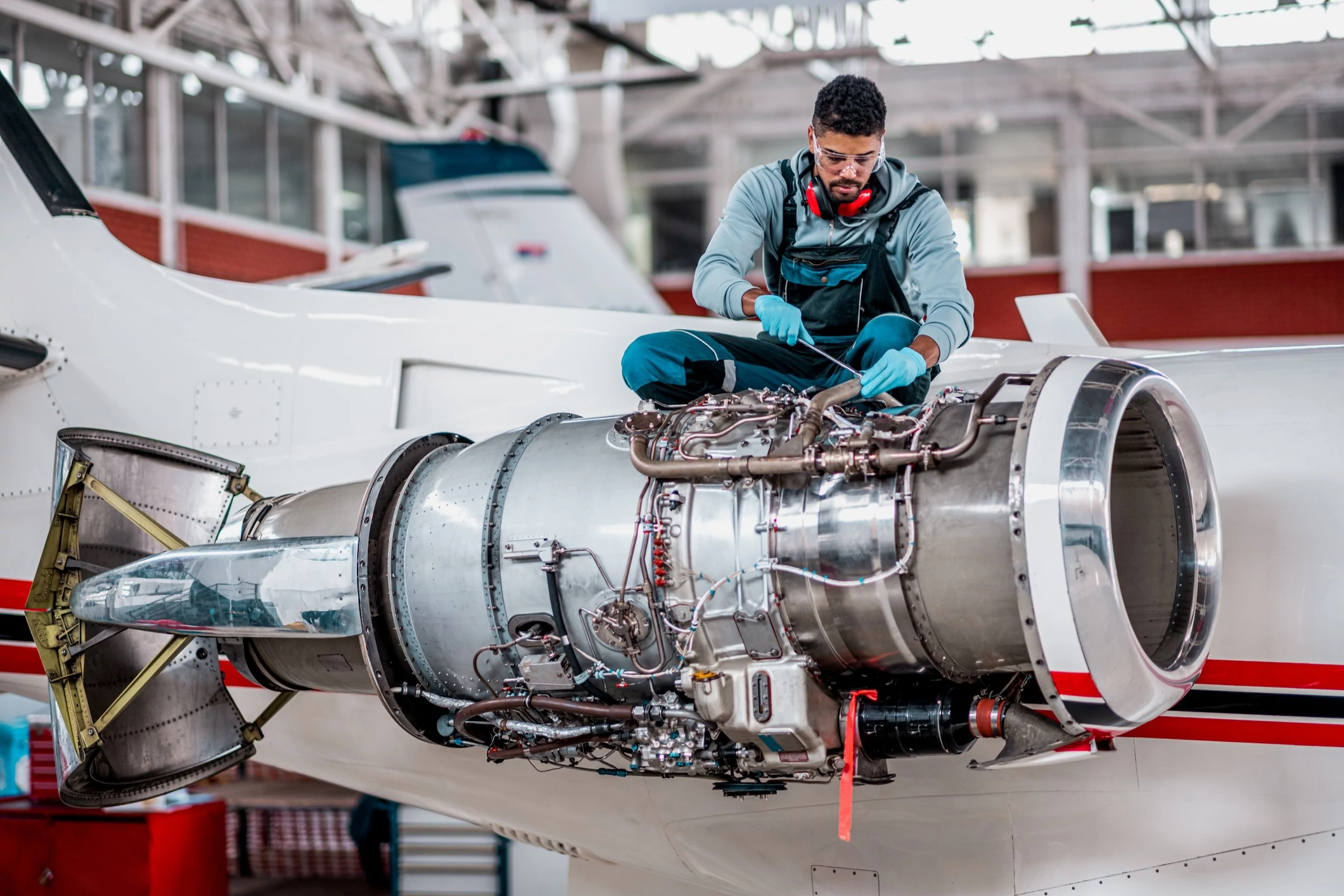
How Technology Is Revolutionizing Aircraft Maintenance
Looking Ahead
The future of aircraft maintenance will continue to integrate advanced technology. Augmented reality (AR) and virtual reality (VR) could assist technicians with repairs and training. Cloud computing may enable real-time global monitoring of fleets.
As technology evolves, aircraft maintenance will become smarter, faster, and even more reliable, shaping the future of aviation safety and efficiency.
Conclusion
Technology is revolutionizing aircraft maintenance by enabling predictive analytics, automation, digital tracking, and advanced repair methods. These innovations improve safety, reduce downtime, and enhance efficiency. As aviation continues to evolve, technology ensures that aircraft remain reliable, compliant, and ready to meet the demands of modern air travel.

